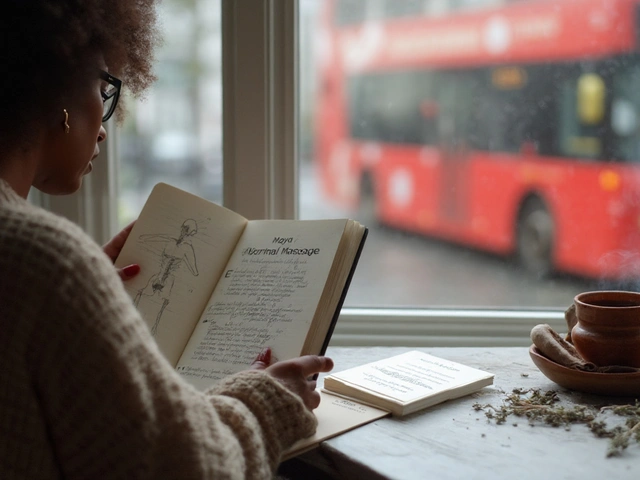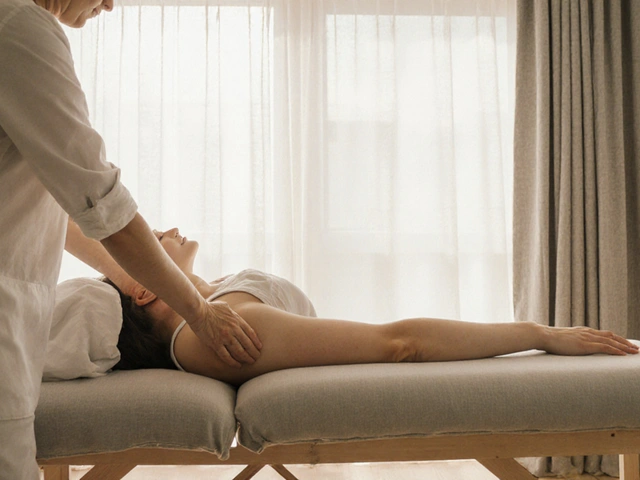Animal healing: simple massage and touch techniques that help pets recover
Touch matters. A calm, confident hand can lower a pet’s stress, ease muscle tightness, and speed recovery after injury or surgery. This page gives clear, usable tips you can try at home—short sessions, safe moves, and red flags that mean call the vet.
Quick, useful techniques you can try
Start slow. Let your animal sniff your hand, speak softly, and watch body language. For dogs and cats, 5–10 minutes is enough for one session. Use flat palms and light strokes along the fur in the direction it grows. That soothes skin and calms the nervous system.
Basic stroke: place one hand at the neck and the other at the base of the tail. Glide slowly, keeping even pressure. Repeat 6–8 times. If the pet leans in or relaxes, you’re on the right track. If they pull away or tense up, stop and try gentler pressure or a different area.
For stiffness, try short kneading around large muscles (shoulder, thigh) with your fingertips. Press gently, hold for 2–3 seconds, then release. This can help circulation and make movement easier. For tight hips or shoulders, simple passive range-of-motion moves—slowly bend and extend a joint a few times—can reduce stiffness. Keep movements small and stop if you meet resistance.
Warm compresses help before a session. A 10-minute warm towel on a sore area can relax muscles and make touch more comfortable. After massage, a cool compress for a few minutes can reduce any mild swelling.
Safety, signs to watch, and when to call a vet
Avoid massage over open wounds, recent fractures, infected areas, or lumps unless cleared by a vet. Don’t press on swollen joints or hot areas. If your pet has cancer, high fever, blood-clotting issues, or is on certain medications, check with your vet before starting any bodywork.
Watch for these signs: heavy panting, trembling, sudden aggression, or trying to escape. Those mean stop. Positive signs include relaxed breathing, soft eyes, licking, or falling asleep. Track progress: more comfortable movement, improved appetite, or calmer behavior are good signs that the work helps.
If pain seems worse after sessions, lameness increases, the pet stops eating, or you notice new swelling or fever—call your vet right away. For rehabilitation after surgery or injury, ask your vet or a certified animal rehab therapist for a tailored plan. They can teach safe stretches and hands-on techniques specific to your pet.
Animal healing is practical and within reach. With gentle touch, short sessions, and an eye for safety, you can ease stress and support recovery. If you’re unsure, ask a vet or a certified animal massage therapist for a quick demo. Your hands can make a real difference.

Reiki Healing Techniques for Your Beloved Pets
Discover the fascinating world of Reiki and its benefits for pets. Learn how this ancient form of energy healing can improve the well-being of your furry companions. With hands-on tips and techniques, this guide helps pet owners understand the process, recognize signs of improvement, and safely practice Reiki at home. Explore real-life experiences that showcase Reiki's profound impact on animal wellness.
Categories
- Health and Wellness (148)
- Alternative Therapies (86)
- Massage Therapy (40)
- Travel and Culture (15)
- Beauty and Skincare (9)
- Holistic Health (8)
- Health and Fitness (5)
- Spirituality (5)
- Other (2)
- Personal Development (2)
Popular Articles



